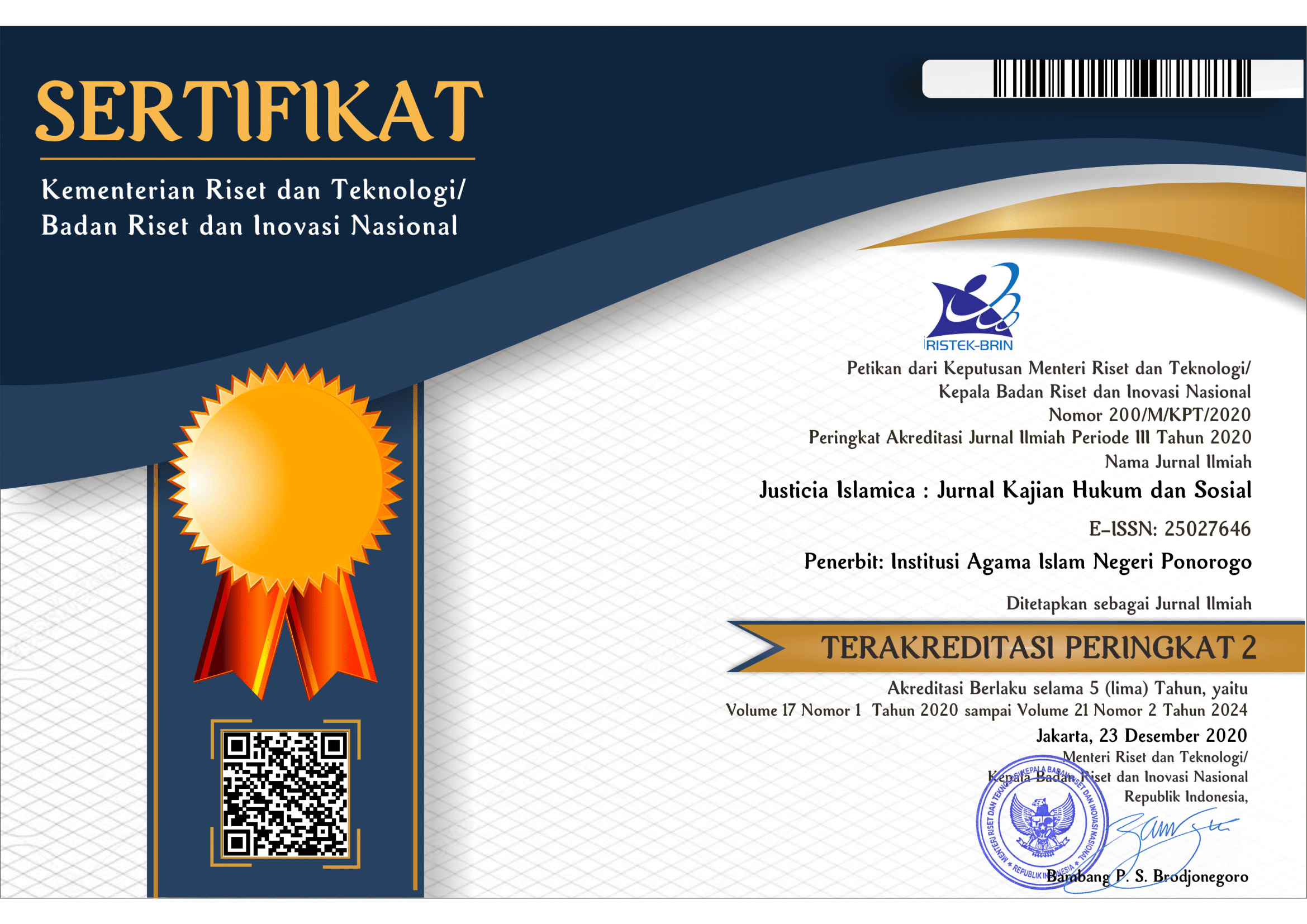BPR Syari'ah di Mata Masyarakat
Studi Kasus pada BPRS al-Mabrur Ponorogo
Keywords:
BPR; public perception; financial inclusion.Abstract
This study aims to analyze public perceptions of the existence and role of Islamic Rural Banks (BPR Syariah, BPRS) in the Islamic financial system, with a case study of BPRS al-Mabrur Ponorogo. This study highlights the factors that influence public trust, the level of service utilization, and the challenges faced by BPRS in increasing sharia financial inclusion. The research method used is a descriptive-qualitative approach with data collection techniques through interviews, observations, and document studies. The results showed that the community has a positive view of the sharia principles applied by BPRS, but there are still limitations in financial literacy and service accessibility. The main factors that encourage community participation are transparency, product halalness, and ease of access to financing. This study recommends improving sharia financial education and optimizing marketing strategies so that BPRSs are more competitive and inclusive in serving the community.
References
-
Downloads
Published
Issue
Section
License

This work is licensed under a Creative Commons Attribution-ShareAlike 4.0 International License.
Requirements to be met by the author as follows:
- Author storing copyright and grant the journal right of first publication manuscripts simultaneously with licensed under the CC BY-SA allows others to share the work with a statement of the work's authorship and initial publication in this journal.
Authors can enter into the preparation of additional contractual separately for the non-exclusive distribution of a decadent version of the journal issue (e.g., post it to an institutional repository or publish it in a book), with the recognition of initial publication in this journal.
Authors are allowed and encouraged to post their work online (e.g., in institutional repositories or on their website) before and during the submission process because it can lead to productive exchanges and citations earlier and more severe than published works. (see The Effect of Open Access).
This work is licensed under CC BY-SA.


















